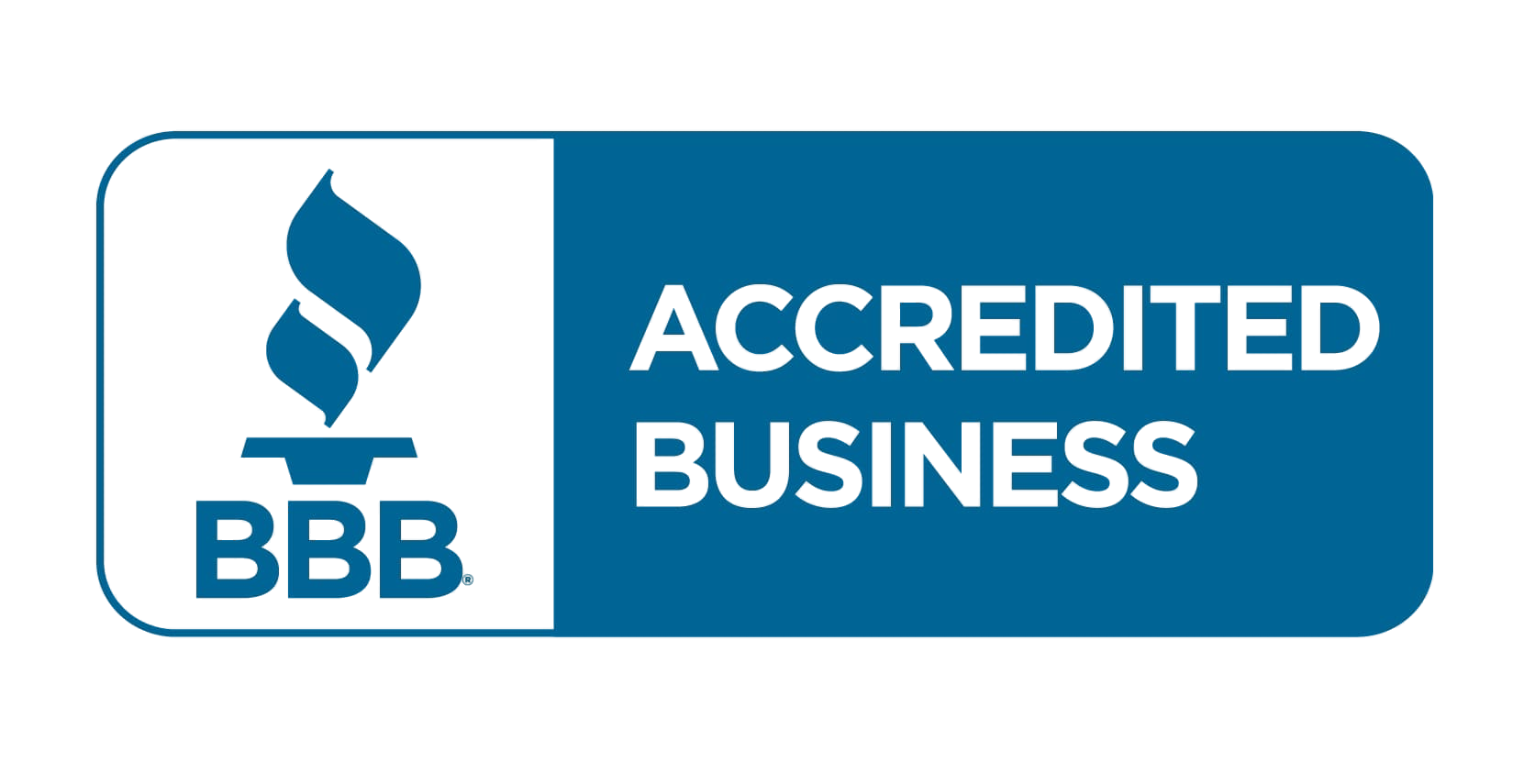3 Factors to Consider When Choosing a Cloud Solutions Provider
Businesses of all sizes are moving to the cloud to improve data security, modernize the way they store and analyze data, and save on IT costs. But to gain these business benefits, it’s important to partner with the right cloud solutions provider.
There are certain traits you want your cloud provider to have to ensure your cloud solutions are a good fit for your company and to create a good experience for your users. Let’s look at what a cloud solution provider does and the factors you should consider when comparing providers.

What Is a Cloud Solution Provider?
A cloud solution provider offers business software applications, networks, or infrastructure that’s hosted on off-site data centers.
The core advantage of using cloud-based IT is that your business isn’t managing your software in-house. A public cloud provider invests in and maintains the servers and networks, taking the cost and time burden of IT maintenance off your company’s shoulders.
And because your provider is in business to deliver leading-edge cloud services, they focus on ensuring exceptional security, reliability, and performance – something your IT team probably doesn’t have the resources to handle.
Most companies are turning to cloud solution providers for software as a service (SaaS) solutions. Gartner predicts that public cloud services will account for more than 45 percent of all enterprise IT spending by 2026.
With SaaS, you pay a subscription fee for your business to securely use cloud-based software applications. Essentially, you get access to the best technology at an affordable cost, and you can access more computing power to help your business do more with your technology.
Even better, with your computing needs delivered virtually, your business will benefit from real-time insights, data integration across platforms, and the flexibility to work from wherever. Ultimately, your cloud provider plays a pivotal role in unlocking your business’s potential – so you want to choose a company that’s a good fit for your business.
3 Things to Look for in a Cloud Solution Provider
Ideally, your cloud provider should empower your business to excel through data modernization, enhanced security, and greater work flexibility and efficiency. But, in order to deliver this level of service, they need to have a few things in place.
1. Security that Enables Your Business to Achieve Top-Notch Data Protection and Compliance
Data security is critical in today’s business environment. Business operations are increasingly data-driven, and the threat of a data breach continues to rise each year. The number of data compromises rose by 68 percent from 2020 to 2021, and in the first quarter of 2022, the number is already far higher than it was in quarter one of last year.
Data protection is one area of IT you can’t fall behind on. So to give your business total peace of mind when it comes to security and compliance, make sure you choose a cloud provider that uses:
- Regular third-party audits to verify their controls and processes
- High-level data center and network security including enterprise-class firewalls, network access control, and on-site security guards
- Advanced email security with antispam, antivirus, and antimalware features, as well as email encryption for data in transit and at rest
- Two-factor authentication for mobile and desktop apps
- Real-time backups and easy file retrieval in the event of a ransomware infection
2. Performance Your Users Can Count on, No Matter Where They’re Working From
For small to mid-sized businesses, downtime is a major issue. In one survey, 37 percent of SMB participants reported losing customers due to downtime, and 17 percent have lost revenue.
With the right cloud solution provider, downtime and poor performance will be things of the past. Data is always backed up on off-site servers, so as long as your employees have a good internet connection, they can use your cloud-based communications and collaboration solutions to access data, connect with customers, and stay productive.
When comparing providers, look for a financially backed service level agreement that guarantees uptime. With five nines, or 99.999 percent uptime, your business can count on a maximum of 5.26 minutes of downtime a year.
3. Comprehensive Support that Starts with Easy Onboarding and Never Ends
When adopting a cloud solution, you shouldn’t have to worry about a difficult cloud migration process, but most cloud projects are more time-consuming and resource-intensive than they need to be.
Just a few short years ago, companies were reporting timeline and financial challenges when moving applications to the cloud – in a 2017 survey, 62 percent of businesses said their cloud projects were harder than expected, and more than half went over budget.
Today, an experienced cloud provider can move your existing users and data to the cloud for you, quickly, efficiently, and for free. That means no need to hire a migration consultant or to handle the process in-house.
To ensure a great experience for your company, look for a provider that offers expert migration. Their cloud technicians should have the relevant certifications, such as SSVVP/SSCA and SonicWall, and plenty of experience. You also want to check that they regularly complete training courses to always stay on top of the latest best practices.
Your cloud provider should customize your email migration plan around your schedule, and they should handle the onboarding so your users don’t have to deal with any downtime.
And once you’re set up, they should be available to offer around-the-clock support.
Work with a Cloud Provider that Promises a Worry-Free Experience
With TN Team, you can count on industry-leading security, reliability, onboarding and migration, and support. Contact us today to learn more!

 Customer Portal
Subscribe
Customer Portal
Subscribe
